Better Addiction Care Blogs
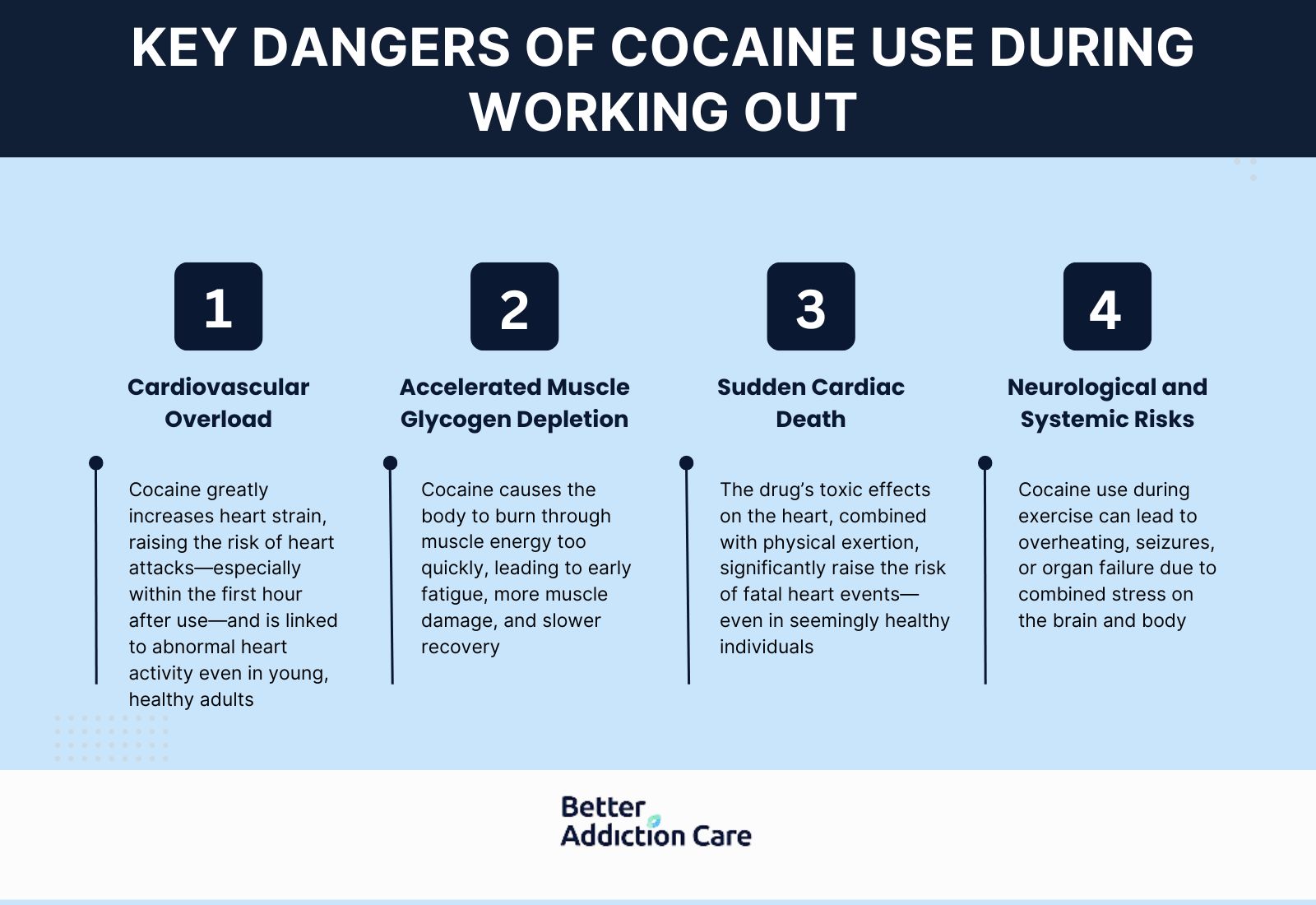 @esle
@esle

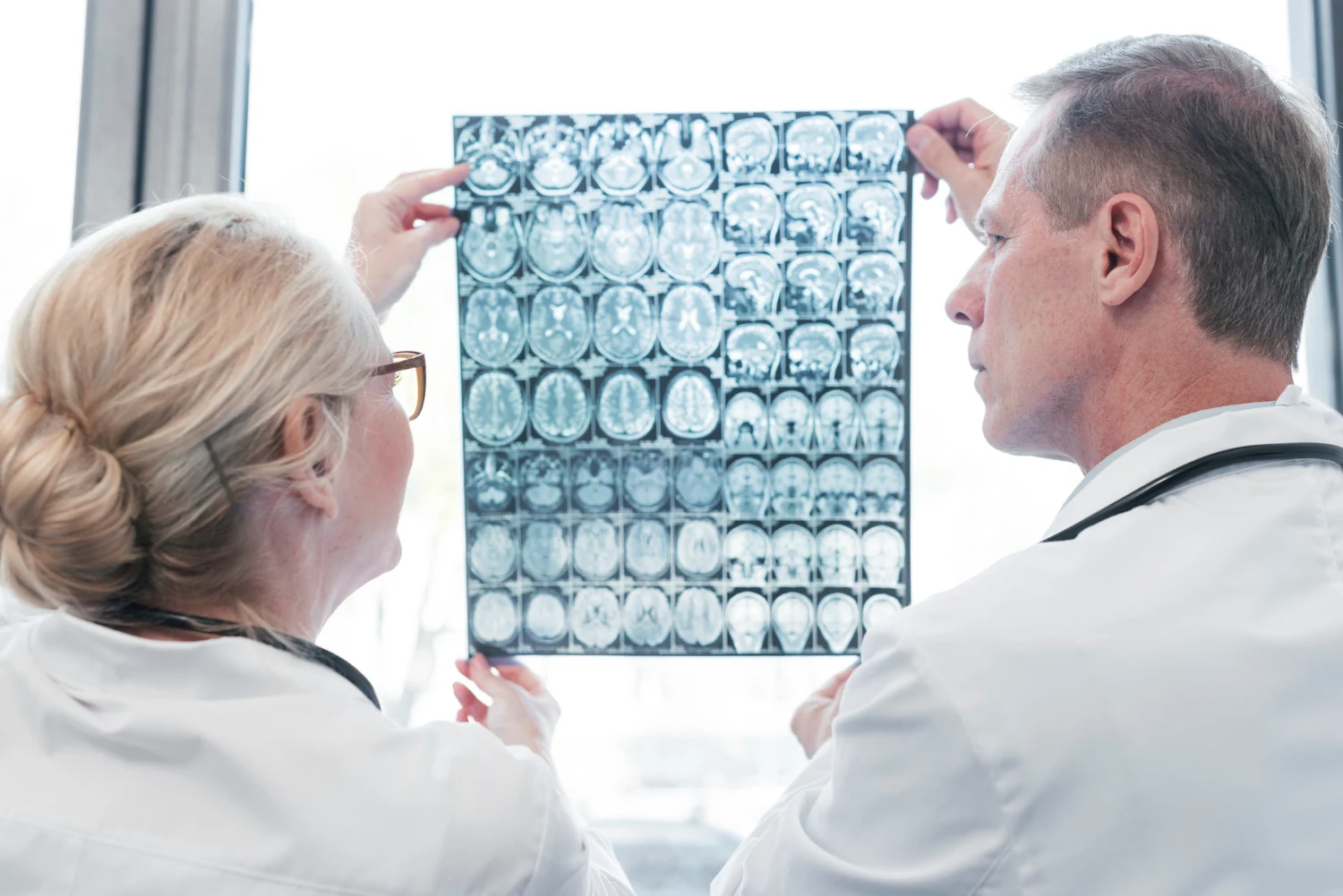
Have you ever wondered how drinking too much can affect your brain and lead to dementia? This article covers everything from understanding the link between alcohol and dementia to how alcoholic dementia differs from other forms of the condition.

There has been a great deal of research on cancer and alcohol consumption that has uncovered the complex and intricate association between the two.Alcohol contributes to carcinogenesis through various direct and indirect mechanisms, but basically, most develop through exposure to the main ingredient in alcoholic beverages, ethanol, which can be converted into the known carcinogen acetaldehyde, which can damage DNA and obstruct the biological and developmental functions of the cell cycle.
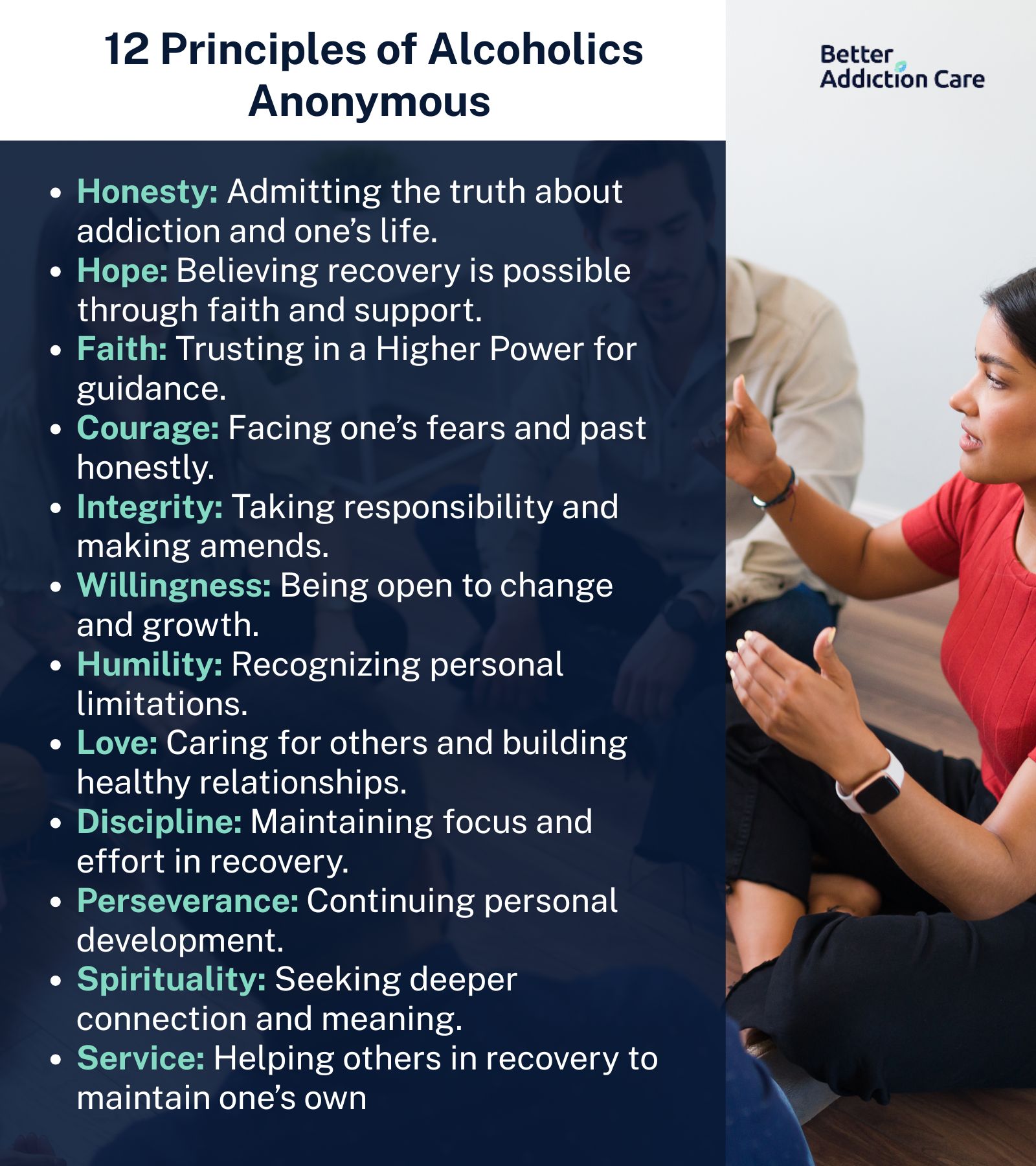
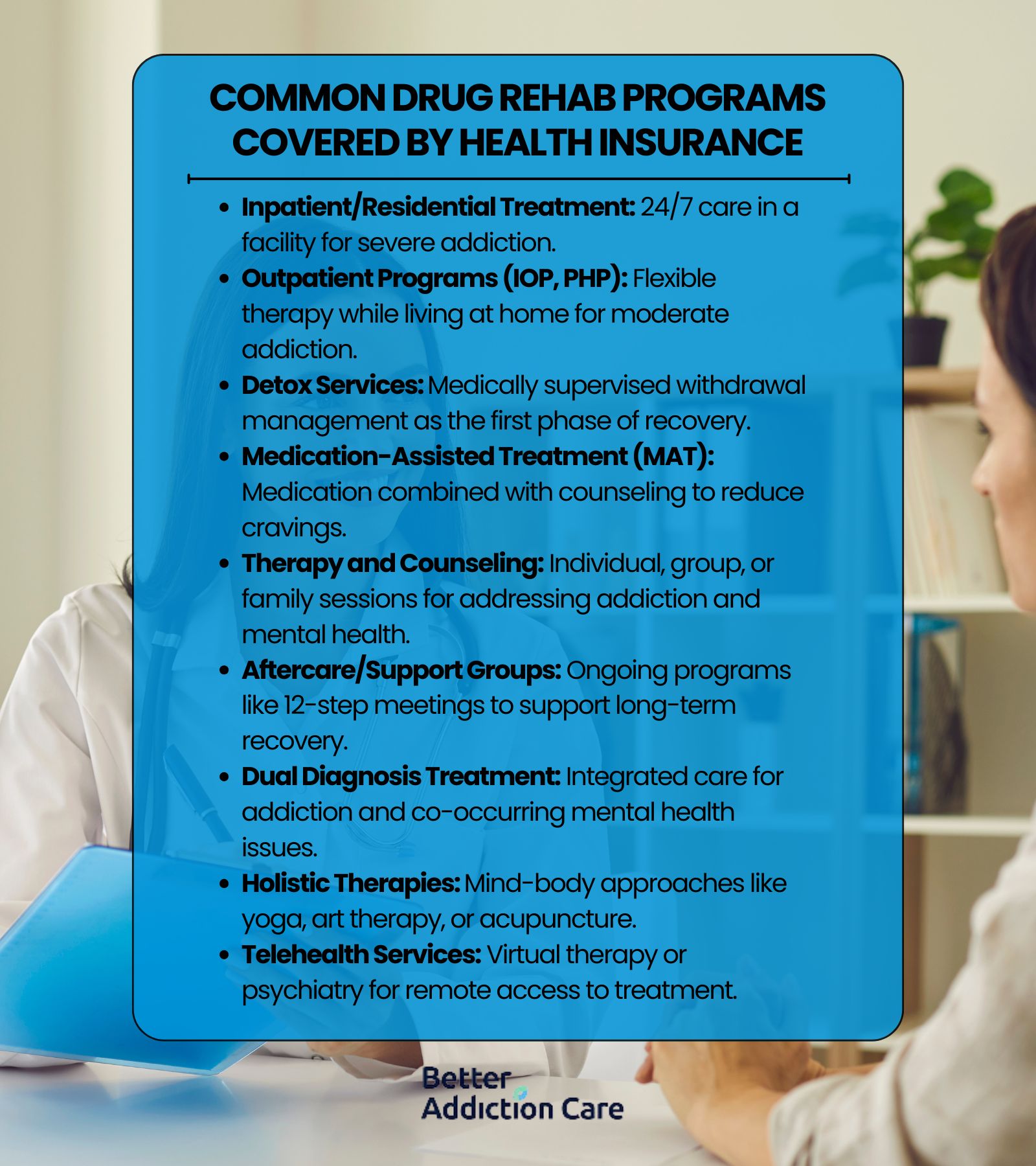
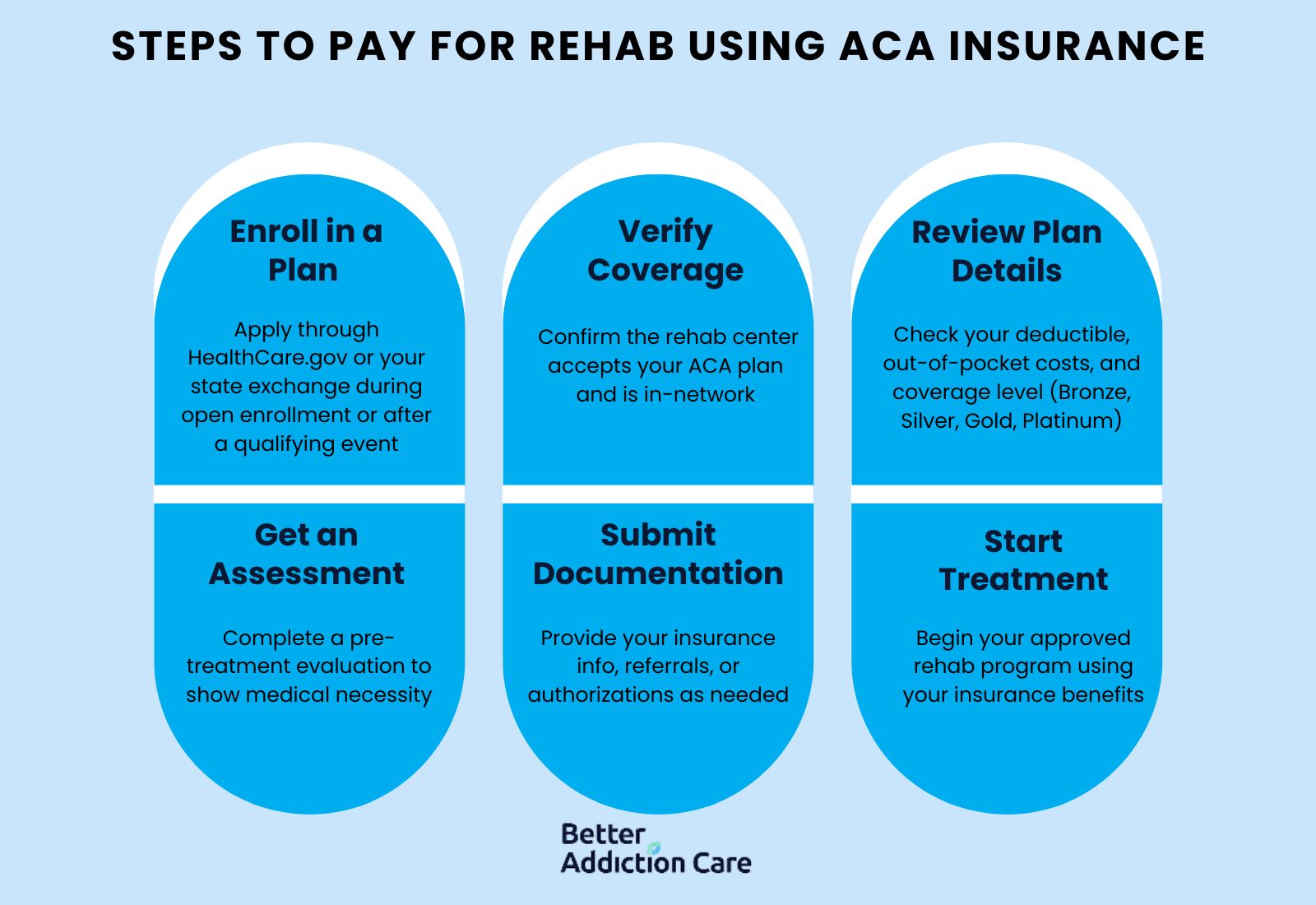

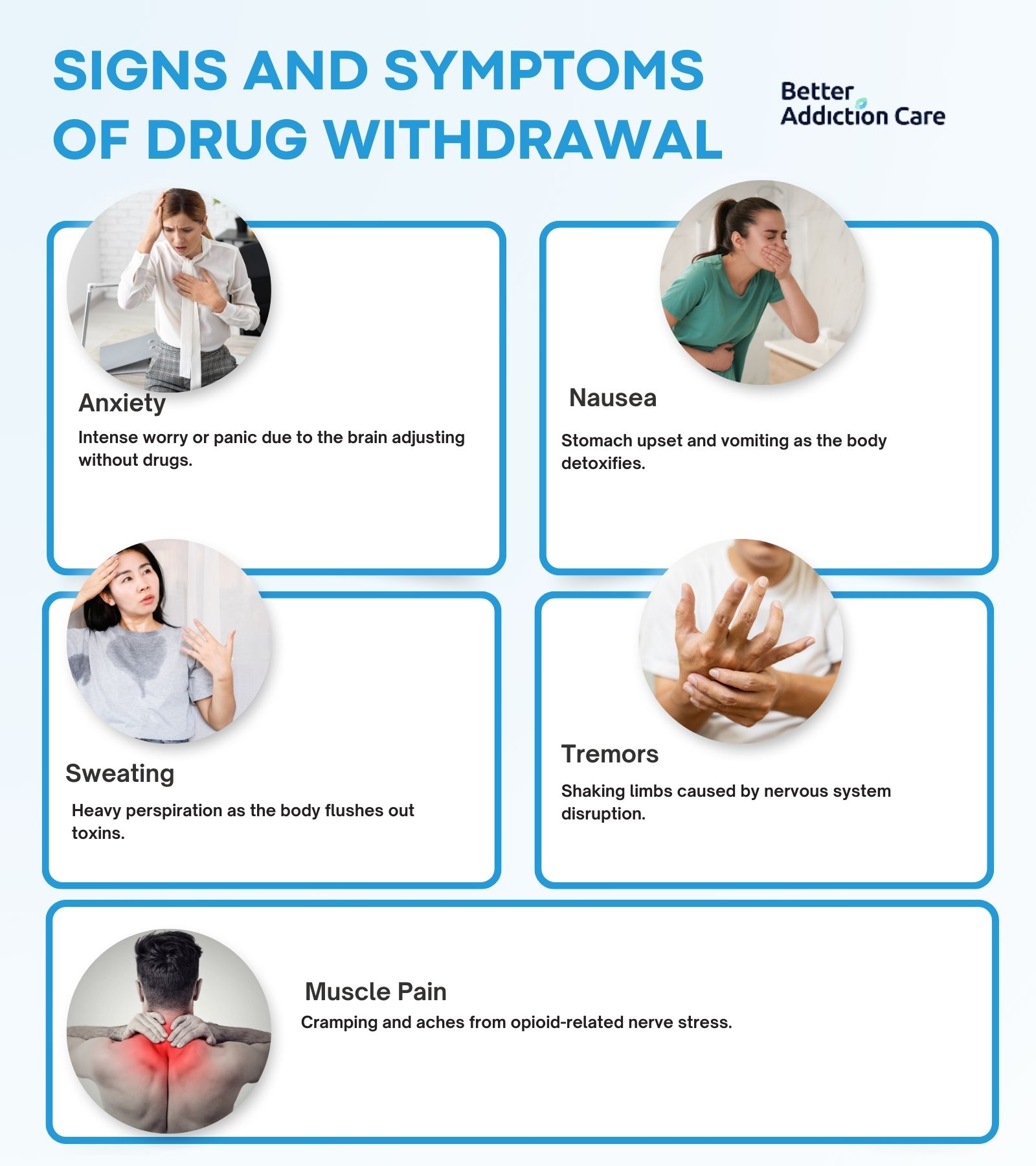
Drug withdrawal occurs when a person who has developed a dependence on a substance abruptly reduces or stops use. It is a natural physiological reaction to the absence of a drug the body has adapted to, creating uncomfortable or even dangerous symptoms.
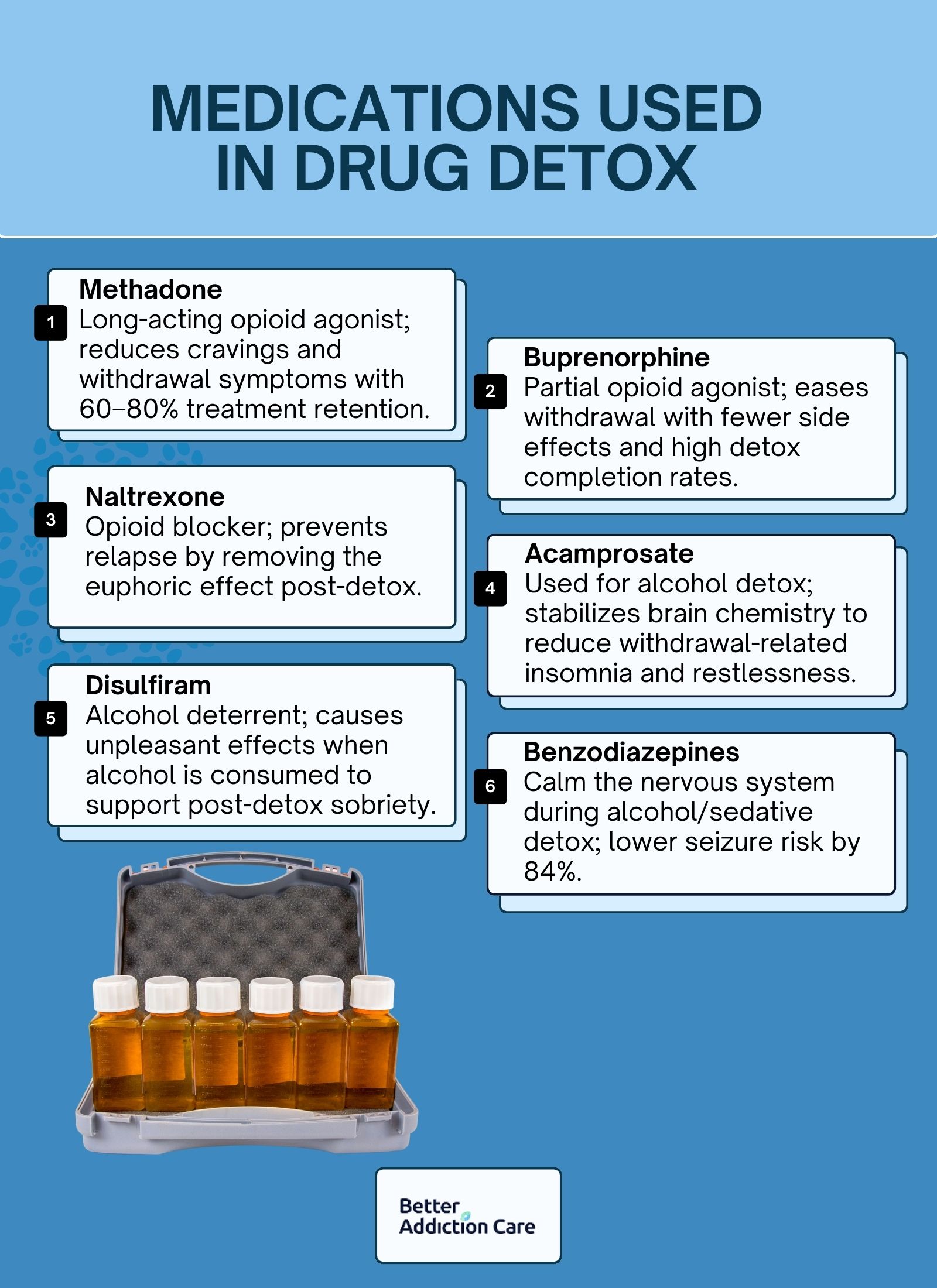
Drug detox is the first step in overcoming substance addiction, where the body clears itself of harmful toxins. This medically supervised process helps stabilize individuals physically and mentally, preparing them for ongoing addiction treatment and recovery.

Inpatient mental health programs provide a structured and supportive environment for individuals struggling with severe mental health conditions. These programs offer round-the-clock medical and therapeutic care, ensuring that patients receive intensive support tailored to their needs.

Anxiety disorders are mental health conditions marked by persistent fear, worry, or nervousness that interferes with daily life. Unlike occasional anxiety, these disorders involve intense symptoms that disrupt thinking, emotions, and behavior, making it difficult to function socially and professionally.
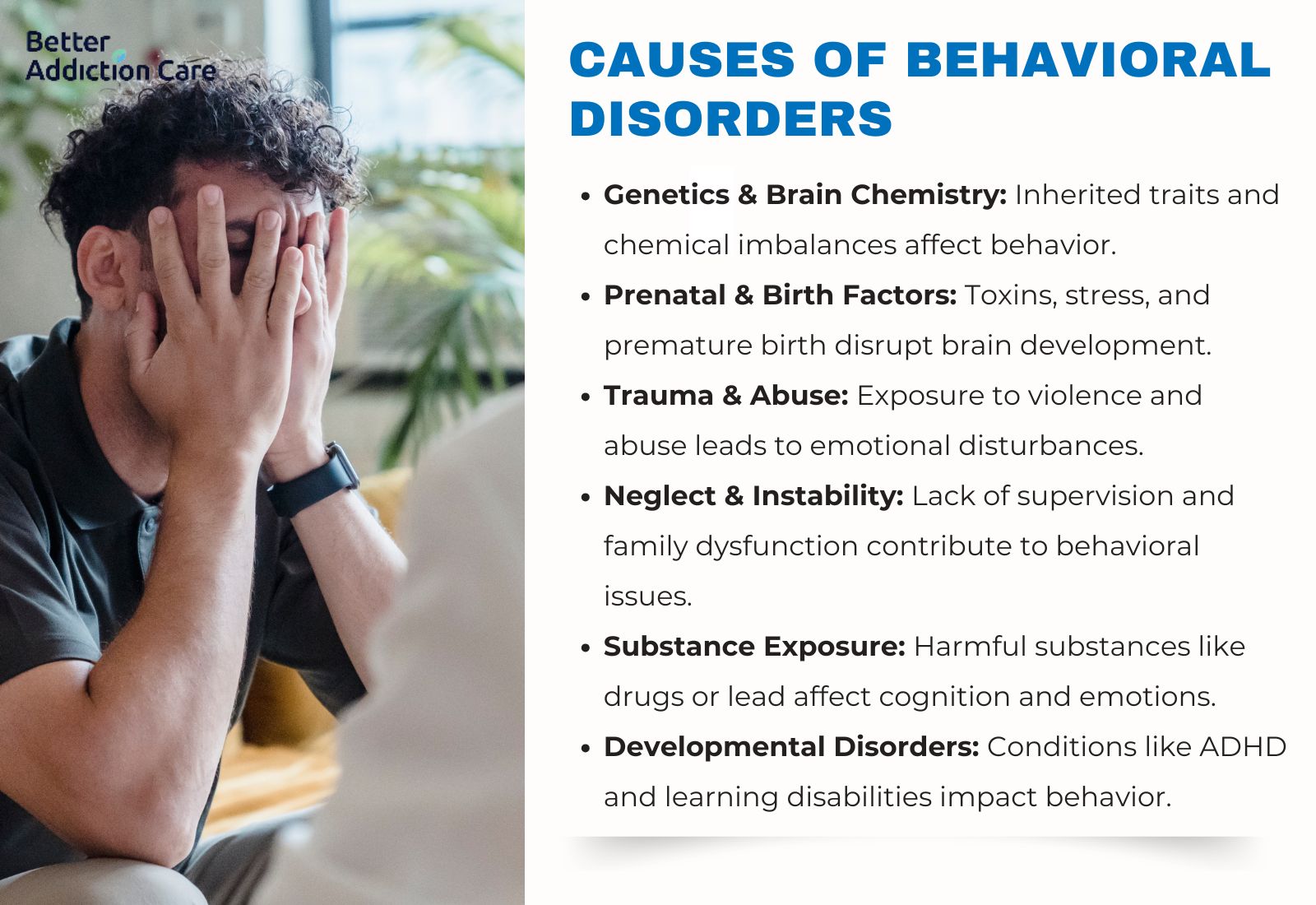
Behavioral disorders are serious conditions that disrupt a person’s ability to manage emotions, behaviors, and relationships in daily life. These patterns of disruptive behavior go beyond occasional misbehavior and significantly impact social, academic, and occupational functioning.

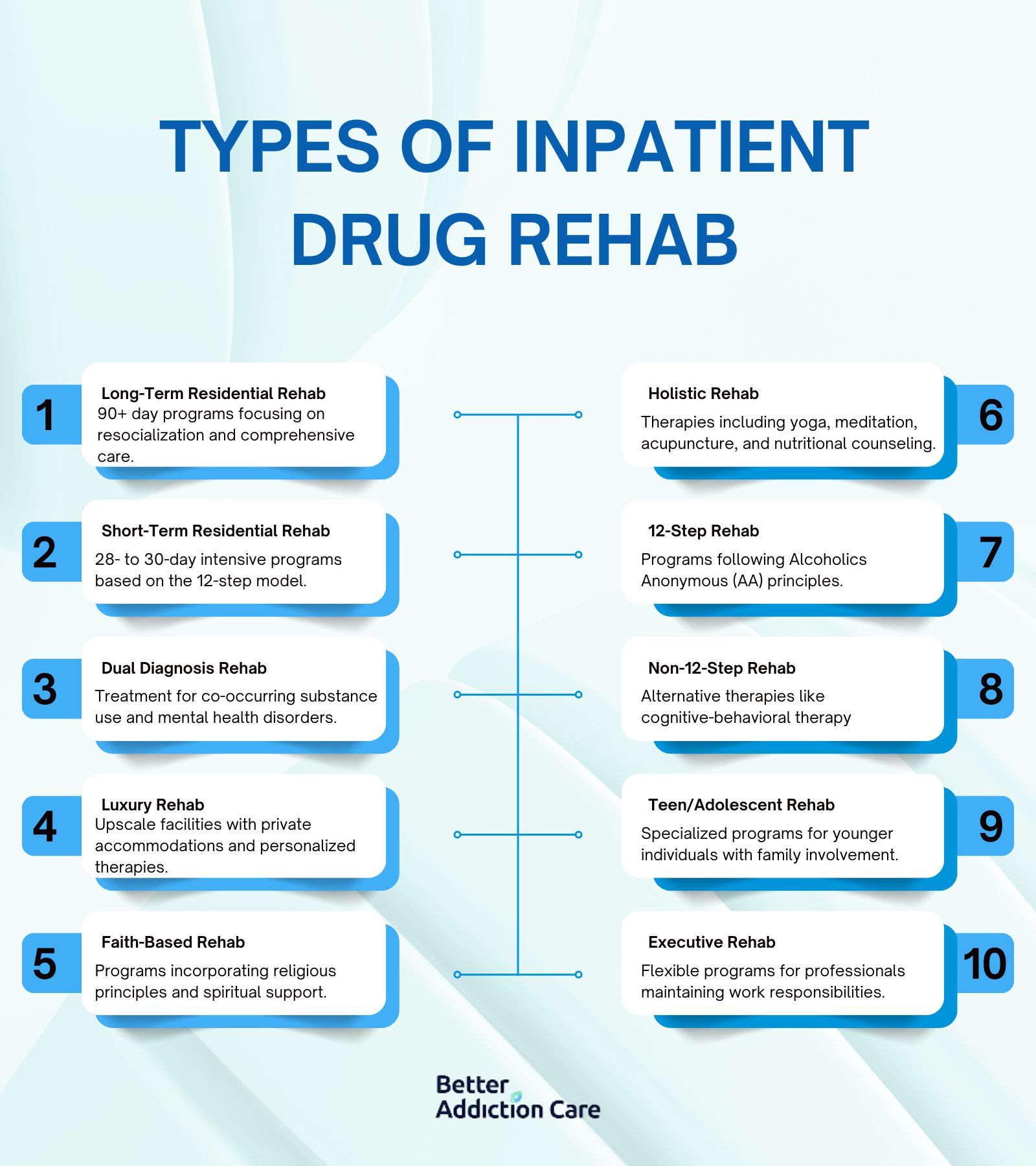
Inpatient drug rehab is an addiction treatment program where individuals stay at a facility to receive intensive care. The purpose of inpatient drug rehab is to provide a controlled environment that removes individuals from triggers, helping them focus on recovery.
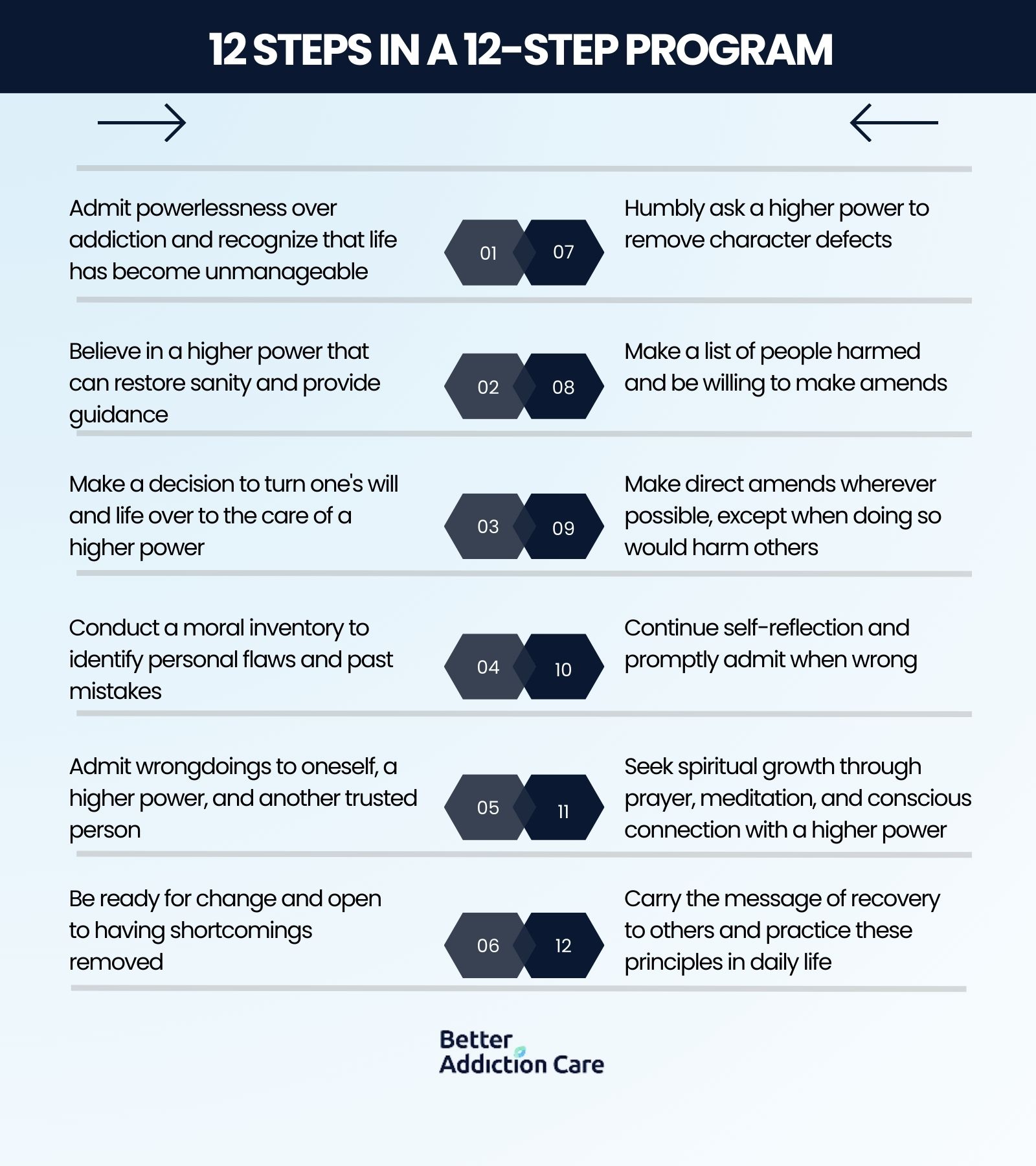
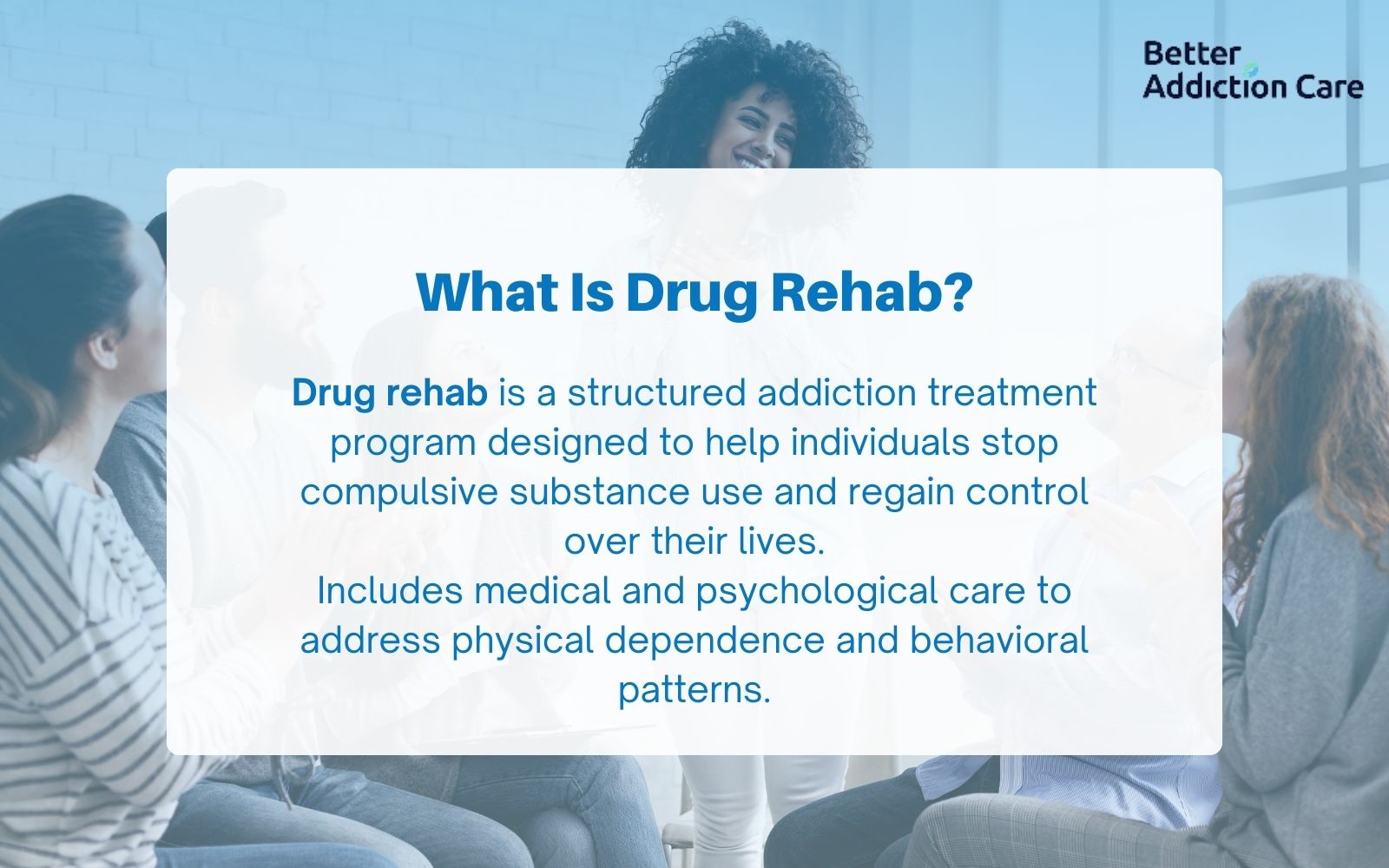
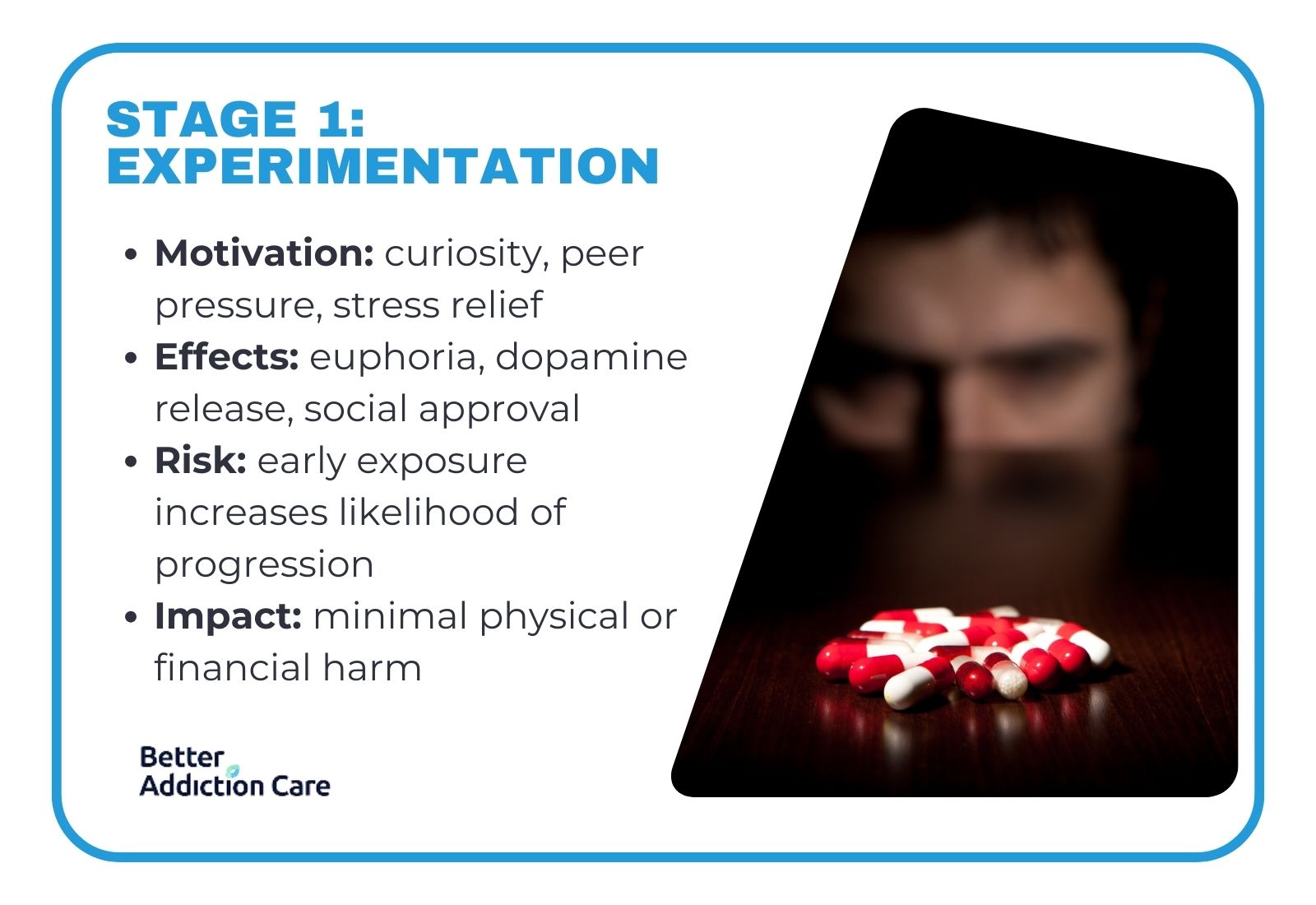
The six stages of addiction describe how substance use develops into a compulsive and chronic disorder. Each stage reflects increasing involvement with drugs and behavioral changes that contribute to long-term addiction.
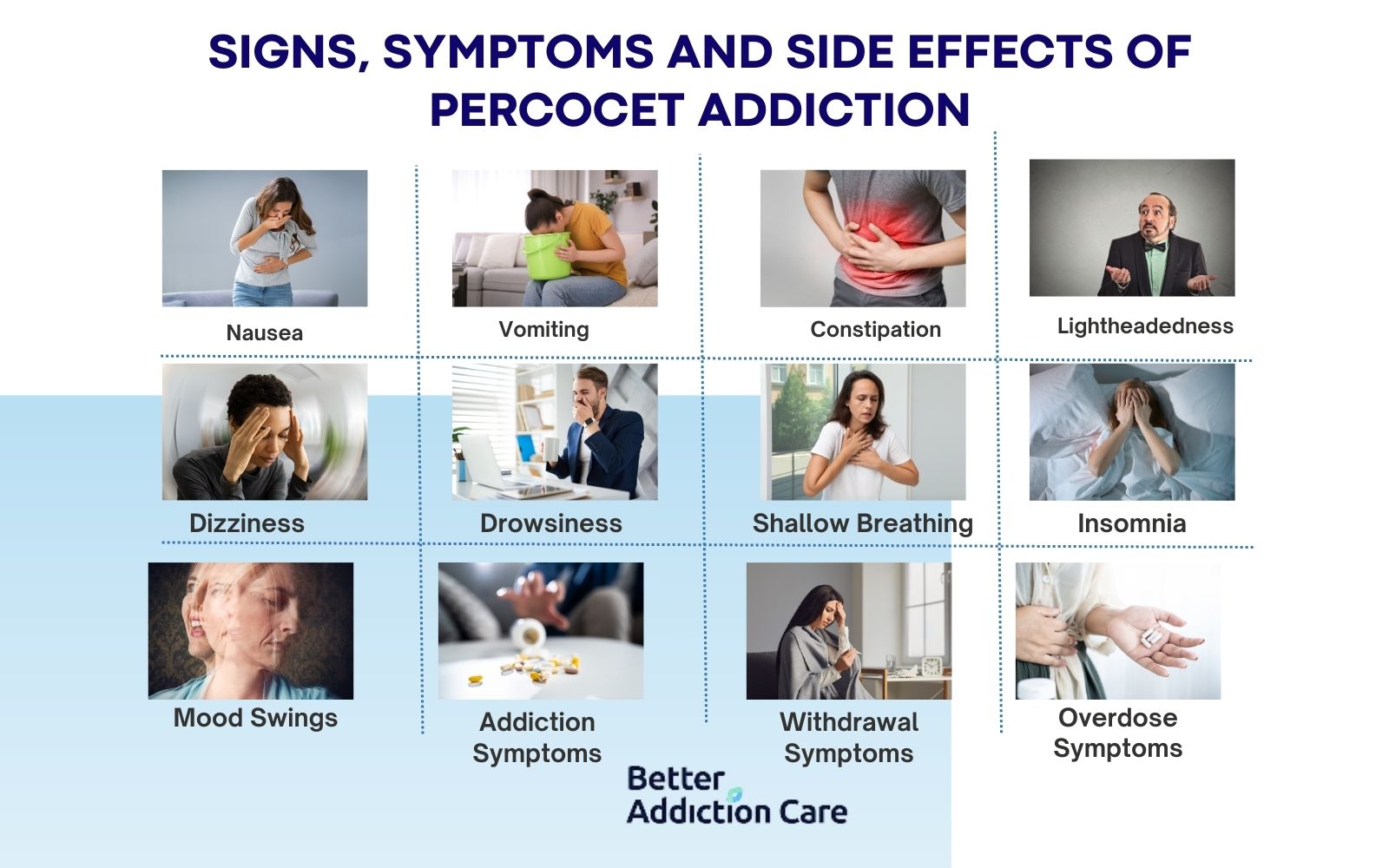
Percocet addiction is the reliance on a prescription pain medication, that is a combination of oxycodone and acetaminophen. Percocet is prescribed for moderate to severe pain relief and it poses a high addiction risk, particularly when used in larger doses or outside prescribed guidelines.
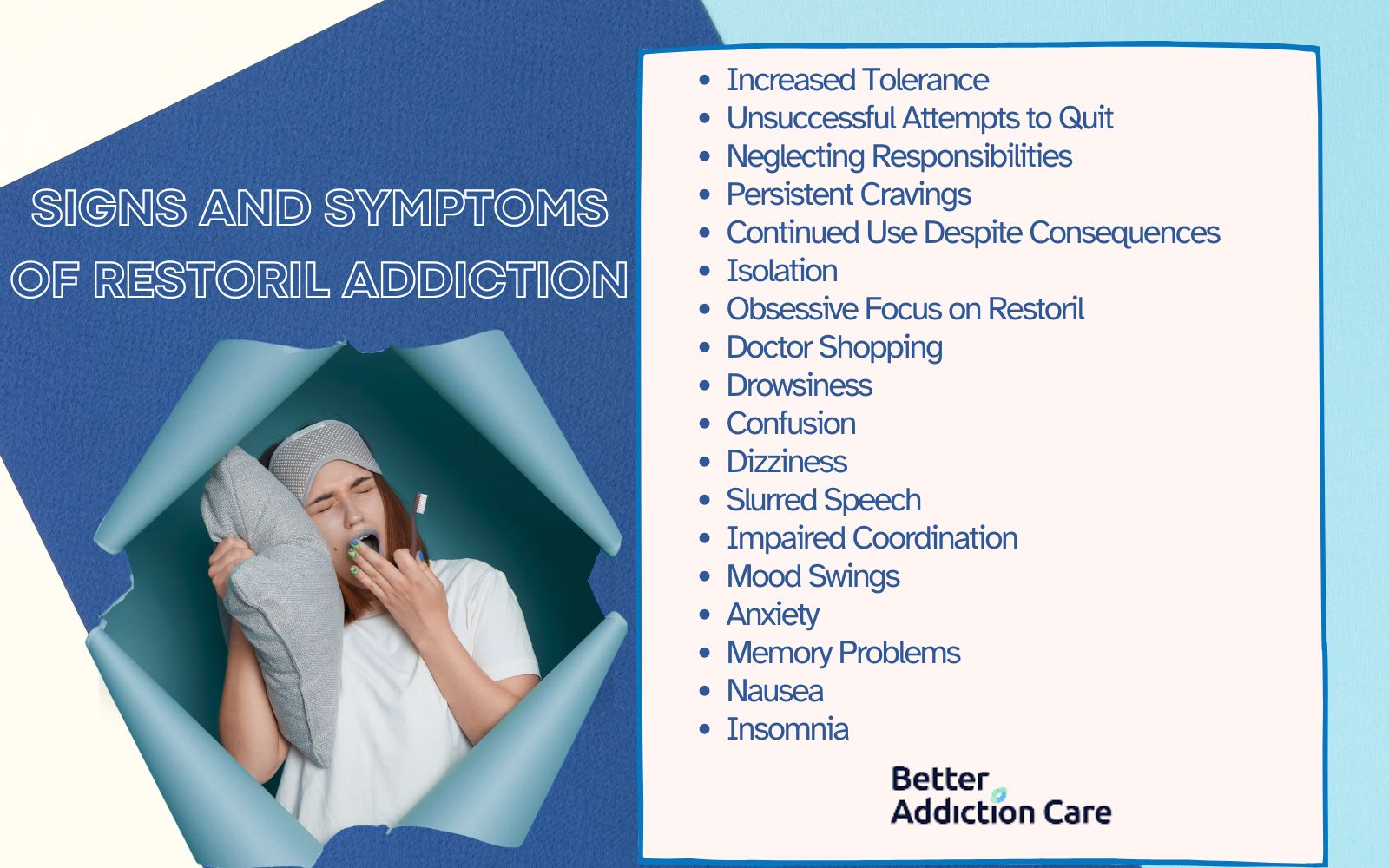
Restoril, or temazepam, refers to a benzodiazepine prescribed for short-term treatment of insomnia. According to the National Institute on Drug Abuse (NIDA), benzodiazepines like Restoril are effective for short-term use but carry significant risks of dependence when used beyond the prescribed duration.

Ativan addiction refers to a condition characterized by physical and psychological dependence on the benzodiazepine drug lorazepam, commonly prescribed for anxiety and sleep disorders., benzodiazepine addiction affects millions, with Ativan being one of the most frequently abused medications due to its calming effects, according to the National Institute on Drug Abuse, 2021.
